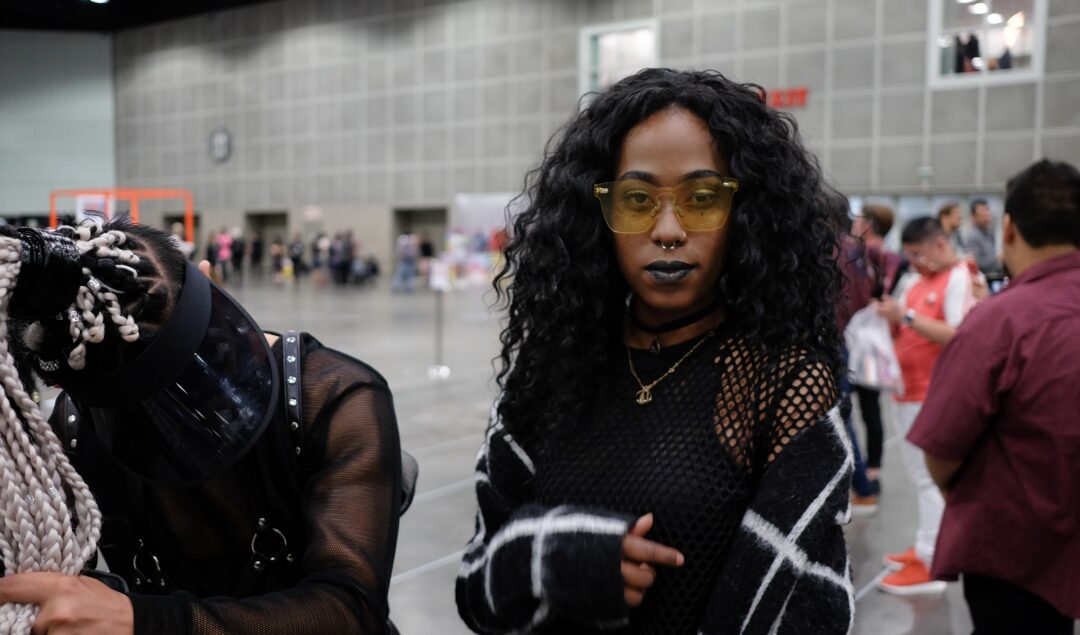TikTok Found To Be The Safest Space Online For LGBTQ Young People Of Color

Young LGBTQ people of color feel safest and most understood on TikTok compared to other online spaces, according to research by The Trevor Project.
For LGBTQ young people of color, experiencing a sense of safety and understanding in at least one online space has been linked to improved mental health.
The Context
According to the research, young LGBTQ people spend an average of five hours per day online, working out for approximately 45 minutes more than non-LGBTQ people.
However, it has been found that although online spaces can cause harm to LGBTQ young people with higher risks of cyberbullying, certain spaces have also been found to support their mental health and well-being.
Young LGBTQ people of color, however, are often exposed to racism in certain online spaces when they look for guidance, support, and community.
The Trevor Project’s Senior Machine Learning Research Scientist Wilson Lee told TechCrunch, “There are lots of good things and also, unfortunately, lots of harmful things.”
“And then they’re also good and harmful in different ways for different people, so we’re trying to sort of dive into that.”
Where young LGBTQ people feel safest
The Trevor Project surveyed over 28,000 young LGBTQ aged 13 to 24 about their experiences on various popular online platforms.
The research found that 53% of young LGBTQ people of color felt safe and understood on TikTok compared to 45% of their white peers.
Discord came second, with 42% of young LGBTQ people of color reporting feeling safe and understood on the platform, followed by Instagram (41%) and YouTube (33%).
Young LGBTQ people of color decisively reported that TikTok was where they felt most safe and understood online, with more than half feeling the same way.
On platforms like Reddit, only 17% of young LGBTQ people of color reportedly felt safe and understood, compared to 21% of their white peers.
Twitch was 15% versus 16%, and Facebook was 4% versus 7%.
Real-life consequences
The report also found that participants who feel safe and understood in at least one online space were less likely to have anxiety symptoms, with 68% compared to 72% of participants who do not feel safe or understood in any online space.
15% of those who felt safe revealed they had attempted suicide in the past year, compared to 19% of those who did not feel safe or understood in any online space.
“From a different lens, community support is another thing that young people of color tend to look for in the spaces because not everyone has access to supportive spaces in real life,” said Lee.
“These online experiences have very real real-life consequences – and they have very real real-life consequences for different people in different ways.”



